Forget about the terms “green,” “high performance,” “sustainable, or “eco-friendly” for a minute. You should have one goal as a construction professional: to design and build a better house that looks good.
Design is a matter of taste, and it varies from person to person. But building “better” can be more precisely defined.
Improving your house means building with durable materials that are installed to manage water, but it also means constructing an envelope that is airtight and well insulated; using a properly sized HVAC system with ducts located within the conditioned space; installing mechanical ventilation to bring in fresh air; selecting products that conserve energy; and choosing materials that will not off-gas and contaminate the indoor air.
The results, one hopes, are homes that are comfortable, durable, energy efficient, and healthy.
Using only 1 gallon per flush, the new Highline toilet meets WaterSense requirements. The company says its most water-conserving single-flush toilet uses the force of gravity and a precision-engineered tank, bowl, and trapway to create a strong siphon flush. It features a two-piece design, a fully glazed trapway, and a comfortable chair height. It comes in white, almond, biscuit, and black.
This month, we focus on products that help facilitate these objectives. Spanning a wide range of categories that includes high-performance water heaters and HVAC systems, low-VOC paints and stains, water-conserving toilets, energy-efficient lighting, and super-insulated windows, these products will help you build better.
But these offerings by themselves will not improve your homes; good installation is important. You need to do the basics, such as properly flashing windows, sealing penetrations, insulating basements and attics, and protecting roofs from ice dams, among many other things.
Once you have installed them correctly, you need to verify that your home is performing as intended—whether you’re going for certification or simply building to a standard. The inspection verifies your home works the way it is supposed to work. Yes, verification costs money, but it also costs money not to do it. And that can get really expensive.
The new Arctic window can be used across a broad range of temperatures, including extremely cold climates. Passive House Institute-certified, the unit features a wood/aluminum frame, polyurethane-foam insulation, and quadruple glazing. It boasts an R-value of 15.
Strategies for Choosing Sustainable Products
By Jordan Goldman, LEED AP Engineering Principal, ZeroEnergy Design
High-performance houses should always address the following criteria: energy efficiency, comfort, durability, and healthy indoor air quality. The path to achieving these goals begins during design; it’s a fool’s errand to think that “high performance” can be applied to any set of plans with the right consultant or set of specifications.
The design must prioritize the building envelope. This entails high-R-value insulation, a continuous air barrier system, and, for cold climates, triple-pane windows. A well-insulated and air-sealed house can reduce its heating and cooling demand by more than 75 percent while also providing excellent thermal comfort. High R-values and excellent air sealing eliminate cold spots and drafts and contribute to stable temperatures throughout the house.
The architect must take care while specifying materials for the wall/roof/foundation sections. The wrong combination of insulation materials can trap moisture within an assembly, leading to condensation, mold, and rot. Properly designed assemblies will keep the structure warm and dry while also allowing any interstitial moisture to dry out in at least one direction. This approach will improve
the durability and resiliency of the house over its lifetime.
HVAC systems must be selected and designed with the high-performance envelope in mind. Conventional systems are often grossly oversized, which leads to reduced efficiency and shorter equipment life. Additionally, oversized equipment often inadequately dehumidifies a house, which creates comfort problems.
Finally, the architect should assess all products used in the house for their toxicity. Low- and (preferably) no-VOC materials should be standard practice. Poor indoor air quality causes a litany of bad health outcomes for occupants.
Offering a 0.96 percent efficiency rating, the Vertex 100 75-gallon gas water heater comes in power-vent and power direct-vent models. It’s ideal for high-demand applications.
More than half of home builders expect to be doing
60 percent or more of their new homes green by 2020.
Source: Dodge Data & Analytics SmartMarket Report
Made from 85 percent recycled paper that has been treated for fire resistance, this insulation is designed for dry dense-pack retrofit application in walls, but it also can be used in loose-fill attic applications.
Three Easy Construction Moves Toward Solar
By Karen Lantz, LEED AP, Lantz Full Circle
The sun is an endless source of free energy, and figuring out ways to harvest it for your next project is becoming easier. Solar can come in the form of flat panels that are clear or opaque, or even glass tubes with copper reflectors to capture rays of light. These systems can be used to generate electricity, heat water, provide hydronic heat in the winter, or extend a swimming season for pool owners.
Solar was high on my list when designing The (Almost) All-American Home in Houston. Here are three easy ways you can do it, too.
1] Be “solar ready” on every project and make the simplest and least expensive initial move. Lay out your home with a long east-west axis and pitch your roof toward the southern sun. Line up your plumbing vents to make way for a clear panel layout. And, lastly, have your electrician run a conduit from the roof with cap to your main electrical service with pull string after framing and before waterproofing.
2] The next move is to look at local installers in your market and beyond. I obtained multiple proposals from various vendors in Houston and, unfortunately, the cost was prohibitive. Our power supply is deregulated amongst many providers with no incentive programs. This is not the case in nearby Austin, a city that supplies power and offers incentives to install it. I could not move to Austin, but I did bid my project there with great success. We installed two arrays that total 5,800 kW at one-third of the cost of the lowest Houston bidder.
3] The final move is showcasing solar integrated into the architectural design and making it sexy. In this case, we provided 5- to 12-foot-deep roof overhangs where the thermal envelope stops at the building face with water-collecting gutter. The structure continues to support thin-film photovoltaic glass panels to protect the home from sun and weather to the south. Now I have a beautiful light-filtering glass roof that generates electricity.
Operating on just 5 watts per foot, InvisiLED Pro3 delivers up to 475 lumens per foot and offers a range of 90 to 95 color rendering index. It’s available in 6-inch, 1-foot, and 5-foot sections.
Q&A with Ron Jarvis, Vice President, Environmental Innovation and Sustainability, The Home Depot
Q: What is The Home Depot’s sustainable strategy for products?
Ron Jarvis: We will grow our sustainable offering by continuing to work with suppliers to bring innovative sustainable products to our pro customers. Our merchants are constantly reviewing and introducing products that have less of an environmental impact than standard products. We believe that homeowners and pros alike are looking for products that save energy and water, create a healthy home, and are environmentally responsible manufactured products.
Q: How does the company choose new sustainable products?
RJ: Our category merchants are aware of the environmental impacts of their unique product categories. They have frequent dialogues with existing and new suppliers regarding sustainable improvements to their categories. When improved products are available, they will test the customer acceptance in select markets or roll the changes out nationally depending on the impact.
Q: Do trade customers ask for green products?
RJ: Our introduction of sustainable products is more of a push than a pull model. We do not have many customers requesting levels of sustainable verification as a purchase requirement. We do, however, see specific requests when a product is being used in a green-certified building.
Natura is the manufacturer’s most environmentally friendly paint. The zero-VOC product comes in almost 5,500 colors and three finishes: eggshell, flat, and semi-gloss.
Q: How do you market to trade customers?
RJ: We have found that if we try to target green trade customers as a general group our message gets diluted. By highlighting the benefits of green products through online and in-store signs, we expand the breadth of trade customers that would consider sustainable products.
Q: What are the most popular green/sustainable products that you sell?
RJ: We now carry more than 9,000 Eco Options products. Our most popular categories are energy efficiency, water efficiency, indoor air quality, and healthy home.
Q: What products do not move as well?
RJ: There is certainly a tolerance point for pricing on all products. We’ve found that green products that are priced significantly above standard products do not move as rapidly as those with more competitive pricing.
Q: Where do you think the green movement is heading?
RJ: I believe sustainability has become a competitive measurement for manufacturers and environmental improvements have become an expectation from retailers.
Q: Is interest in green productswaning?
RJ: The green market is transitioning to the broader sustainability market. Being responsible by sourcing more sustainable products and services should be a practice of any company that wishes to sustain a competitive advantage. As industries continue to produce more sustainable products that perform as well as or better than standard products, the transitions from old to new will accelerate.
This story originally appeared in the Fall 2016 issue of PRODUCTS magazine. See the print version here.

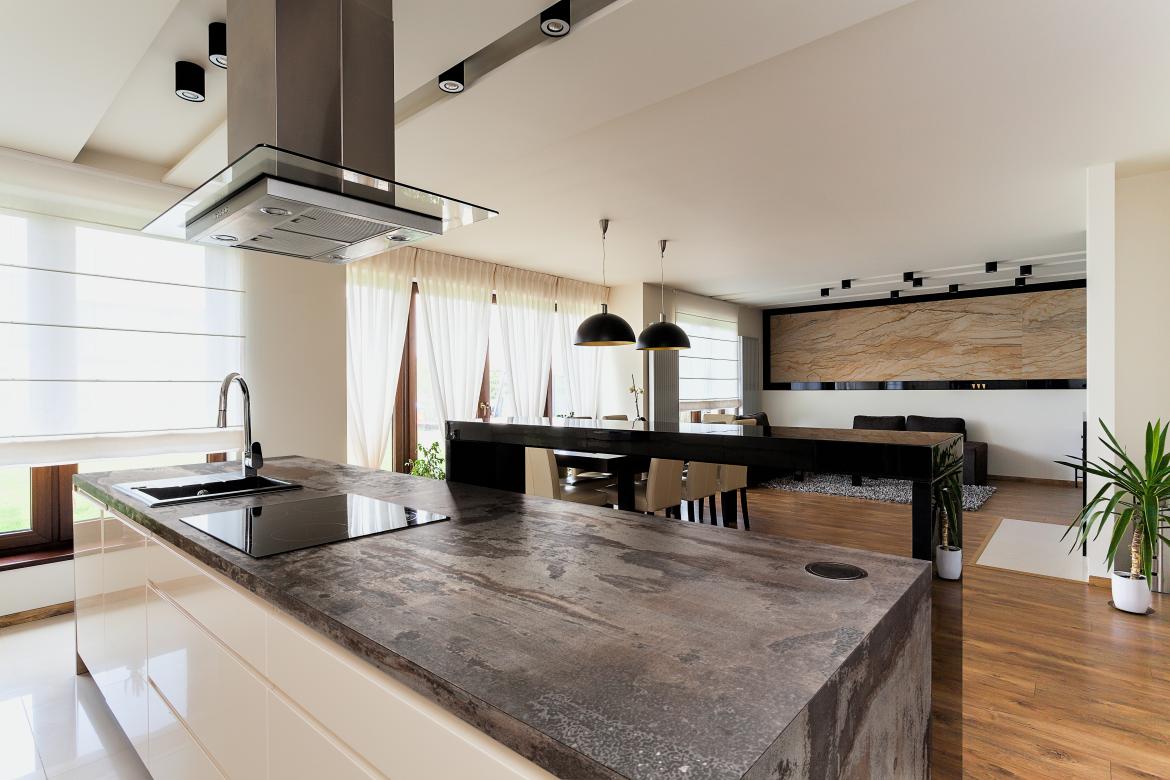
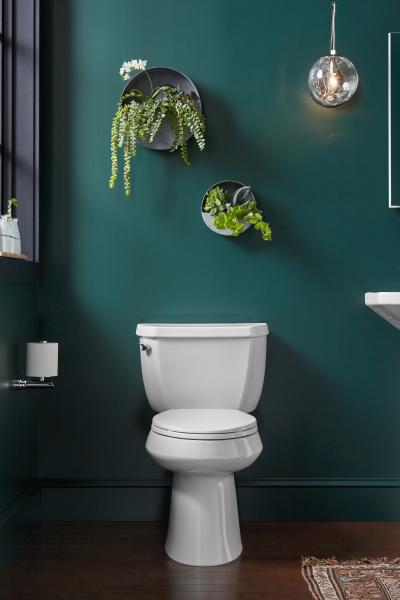
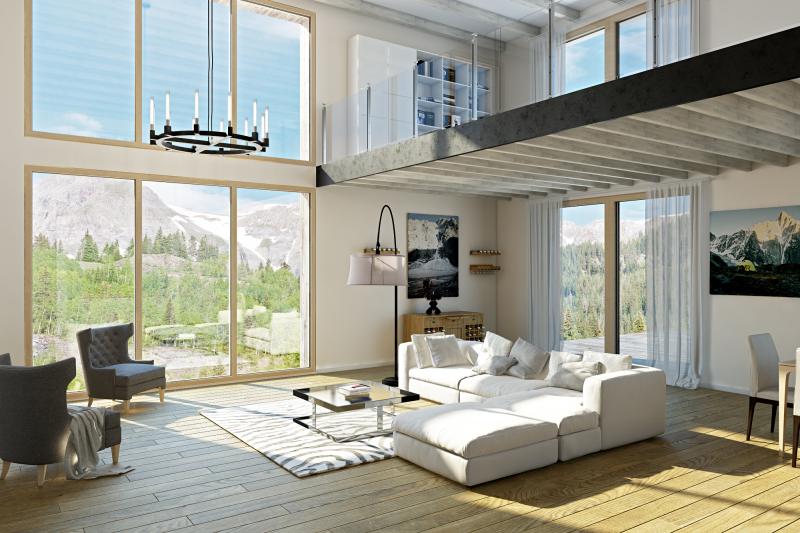
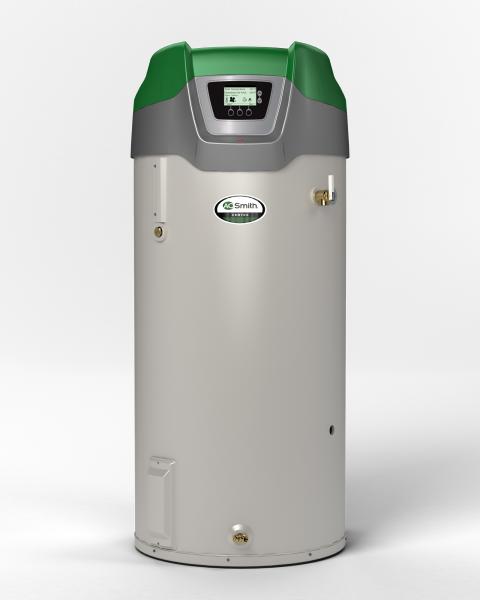
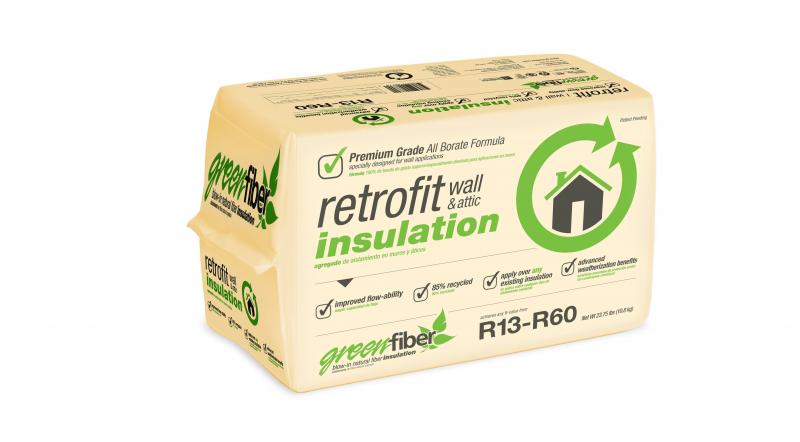
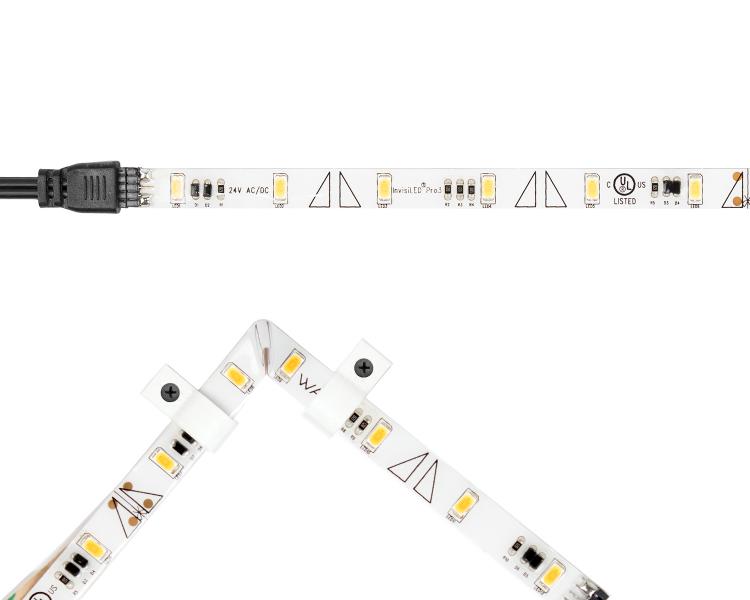
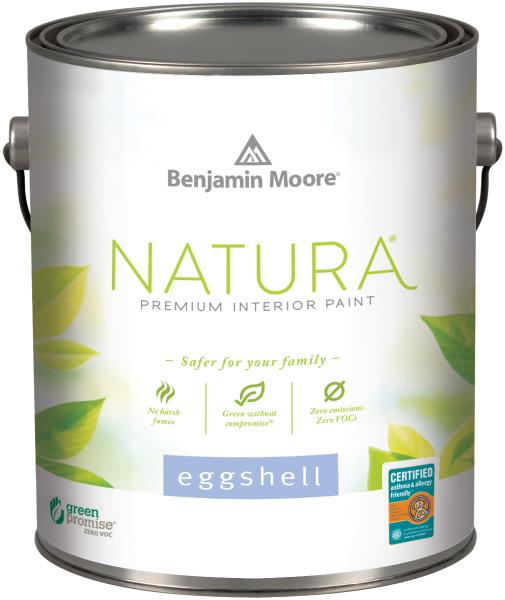
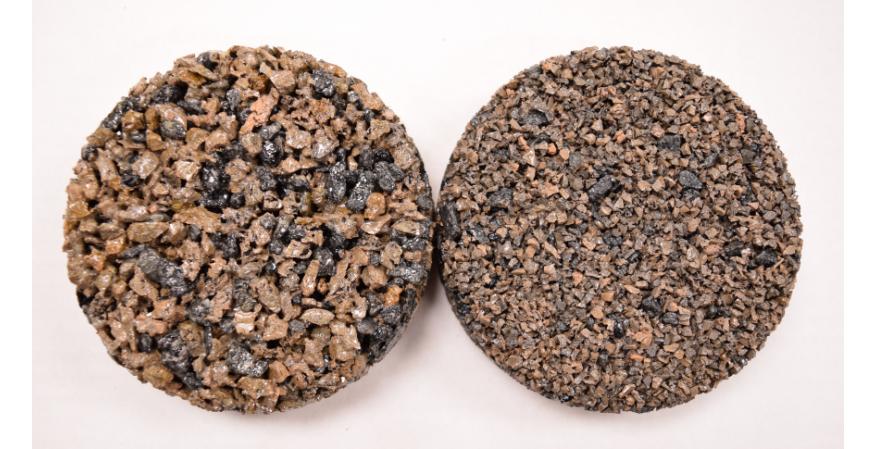
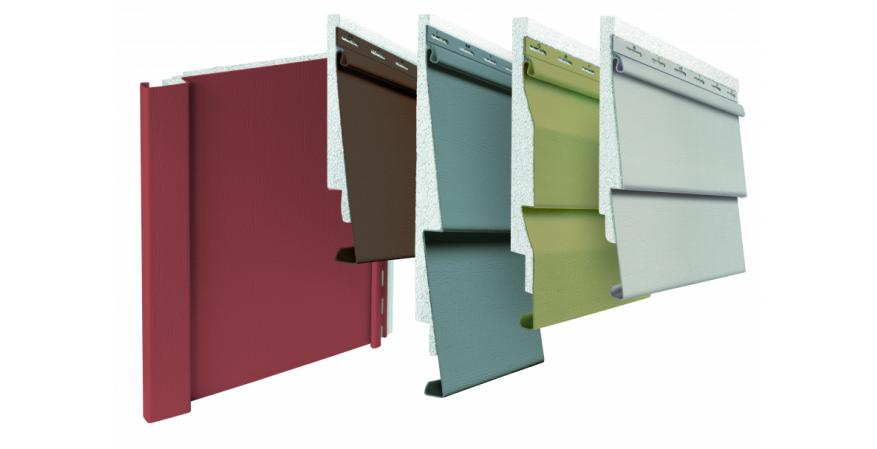
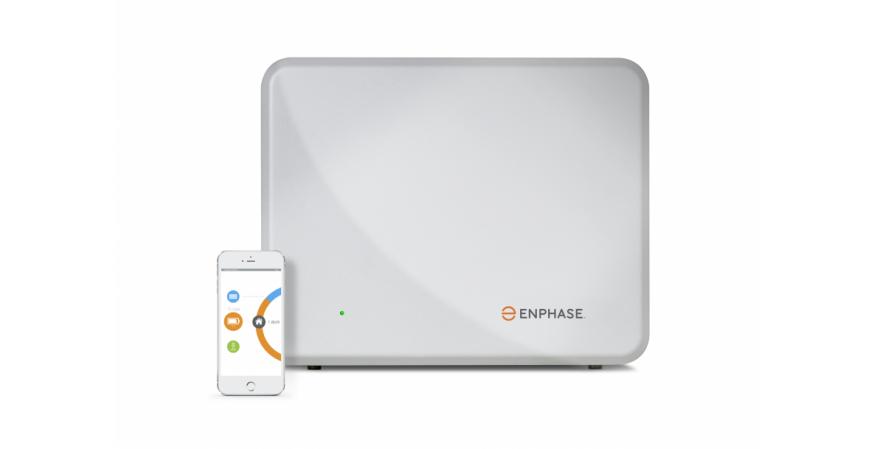
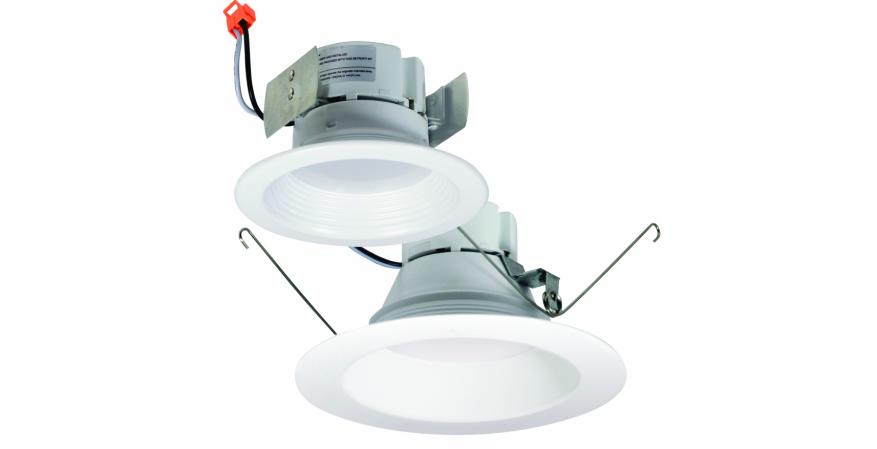
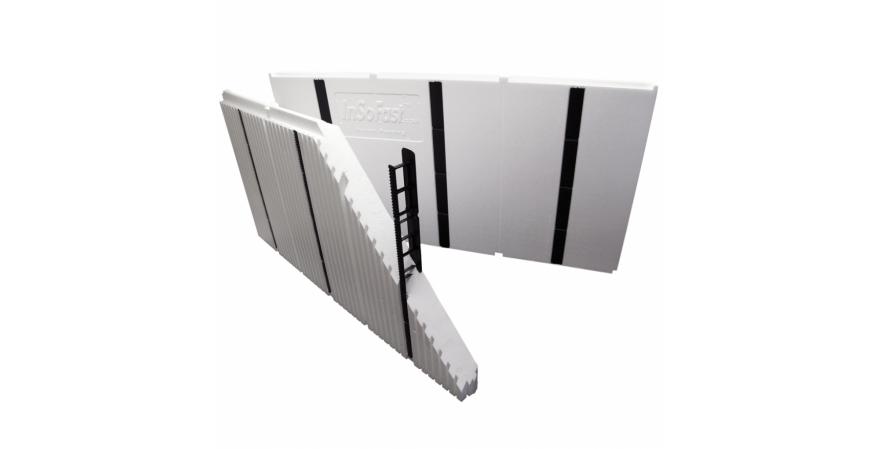
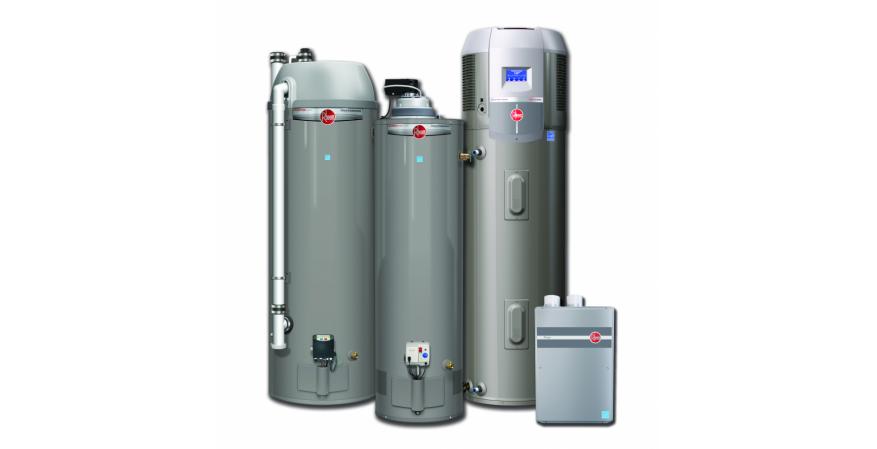
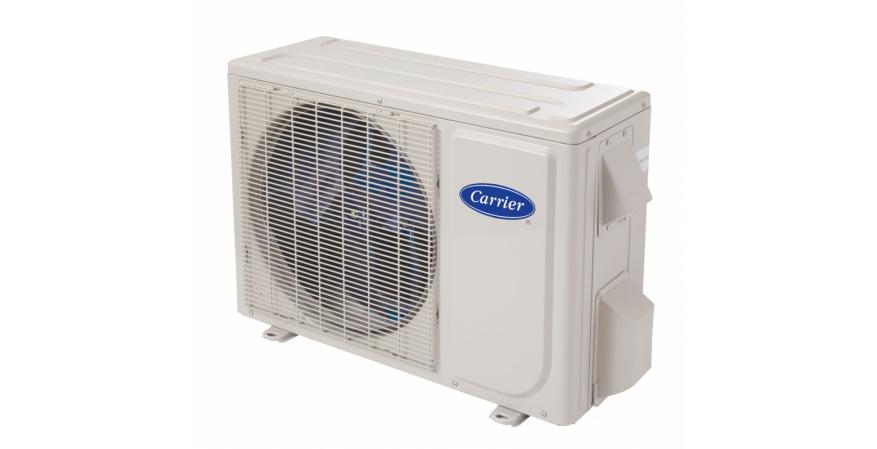

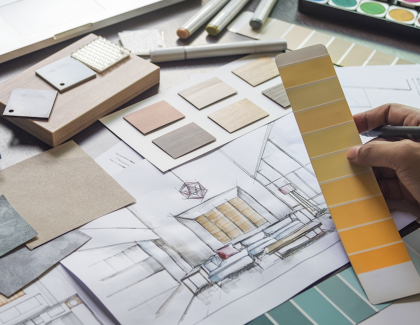




Add new comment